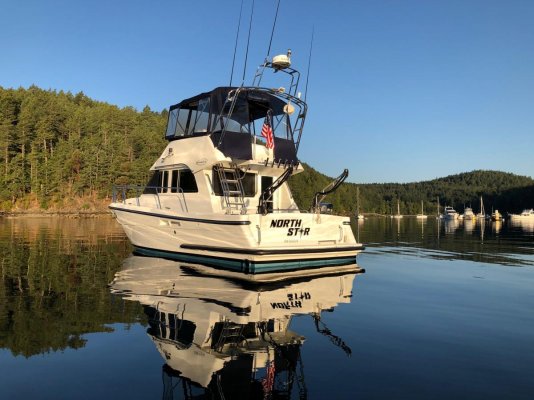lwarden
Guru
I've got four radios and four antenna on my boat, three are VHF and one is a CB.
I'd like to map which one goes to what radio but I can't think of a good way to do this. There must be some sort of trick to this and thought the TF trust might know. Was thinking that I could use a hand held VHF, perhaps with a disconnected antenna to map them but don't know if that will work. The reason for doing this is I would like to add splitter to one which is the highest on the stack for a new Vesper AIS transceiver.
Also, I suspect I may have some crosstalk due to how close some of the antenna are to one another.
Any suggestions?
I'd like to map which one goes to what radio but I can't think of a good way to do this. There must be some sort of trick to this and thought the TF trust might know. Was thinking that I could use a hand held VHF, perhaps with a disconnected antenna to map them but don't know if that will work. The reason for doing this is I would like to add splitter to one which is the highest on the stack for a new Vesper AIS transceiver.
Also, I suspect I may have some crosstalk due to how close some of the antenna are to one another.
Any suggestions?

